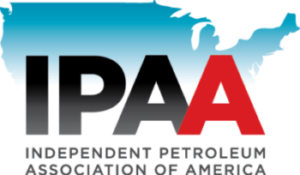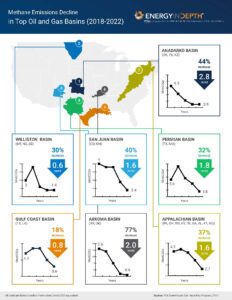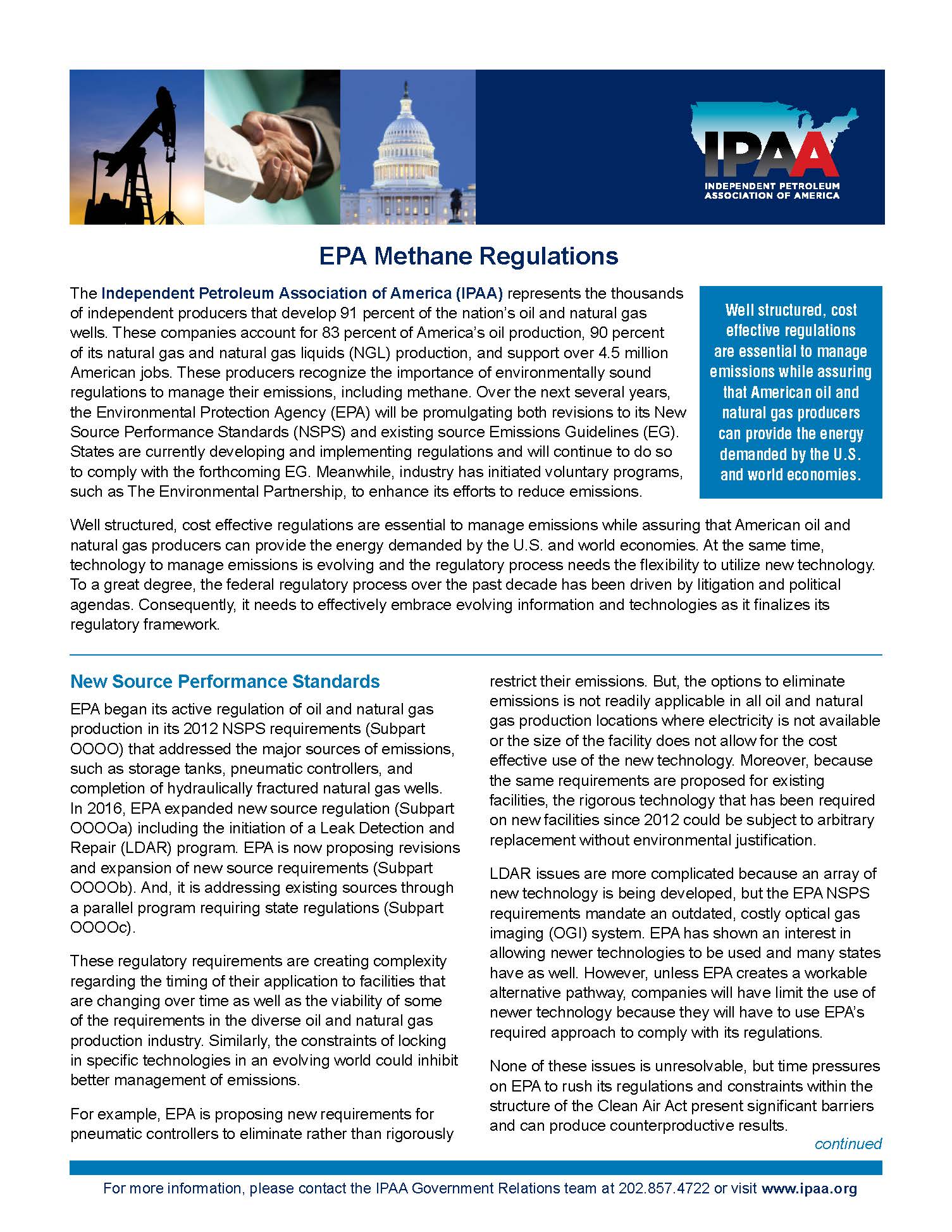Methane is a greenhouse gas, emitted both by natural sources and from human activity. Methane is also the largest component of natural gas, the product that companies sell. Operators have every incentive to capture and sell as much of this product as possible to American consumers, rather than letting it escape into the atmosphere. And independent oil and natural gas producers have made great strides in reducing our carbon footprint by cutting emissions without raising energy costs.
In fact, the United States leads the world in the reduction of carbon emissions, even as the production of U.S. oil and natural gas continues to increase. Our success in lowering carbon emissions in the United States is not because of additional regulations, but because of the increased use of clean-burning natural gas.
IPAA recognizes the need for environmentally sound, cost-effective regulations to match industry emissions. Industry seeks to find a regulatory pathway designed for the sources it regulates. Big new oil and natural gas wells and low producing older wells have differing emissions profiles. Our members are making constant improvements to the technology being used to reduce, measure and report on emissions.
IPAA has met with and will continue to meet with the Biden Administration as it considers initiatives to reduce methane and other greenhouse gas emissions.
You can find IPAA’s methane-related comments in the ‘Correspondence’ section on this page.






